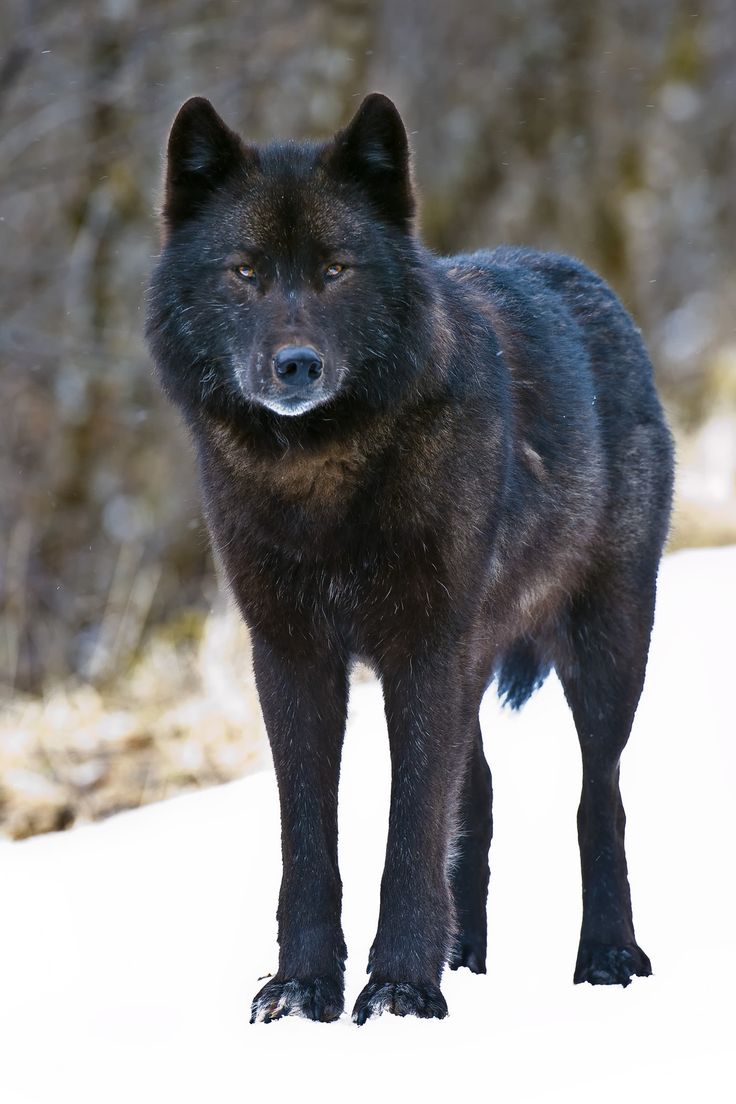
An undated photo of an Alexander Archipelago wolf in Southeast Alaska. (Courtesy photo by Robin Silver/Center for Biological Diversity)
Conservationists are calling on the federal government to better protect a wolf population in Southeast Alaska. A letter to the supervisor of Tongass National Forest says trappers’ record harvest of 165 animals threatens the wolf population on and around Prince of Wales Island.
“This was a shocking number of wolves that was killed this season — unprecedented and record high numbers,” Patrick Lavin, an Anchorage-based attorney, told CoastAlaska. He’s a policy director with the advocacy group Defenders of Wildlife and among three co-signers to the April 13 letter addressed to Forest Supervisor Earl Stewart.
“It does appear that the management approach taken, this past season, cannot ensure a sustainable wolf population on Prince of Wales,” Lavin added Thursday. “And that was the reason for the letter to the Forest Service.”
The Alaska Board of Game and wildlife managers lifted the quota for wolves ahead of last winter’s hunting and trapping seasons. Trappers doubled their efforts leading to nearly as many wolves killed as estimated to live in the region.
Some residents have argued the wolf population is much higher than official estimates. They blame wolf packs for keeping down the deer population prized for subsistence.
In a written statement, the Tongass National Forest spokesman Paul Robbins Jr. says the Forest Service will partner with state game biologists to survey the fall population using field work that goes beyond DNA testing hair samples.
“A reduced or closed season is among the options we will consider,” Robbins wrote.
Conservationists point to the legacy of commercial clear cuts across Prince of Wales as a reason for the deer population’s decline.
“A challenge for all the agencies on Prince of Wales is the legacy logging and road building has destroyed a lot of habitat and do make it challenging to provide sufficient habitat for wolves and deer,” Lavin said.
Environmentalists have twice unsuccessfully petitioned the federal government to list Alexander Archipelago wolves as an endangered species.
The letter was also signed by representatives of Southeast Alaska Conservation Council (SEACC) and the Center for Biological Diversity.








